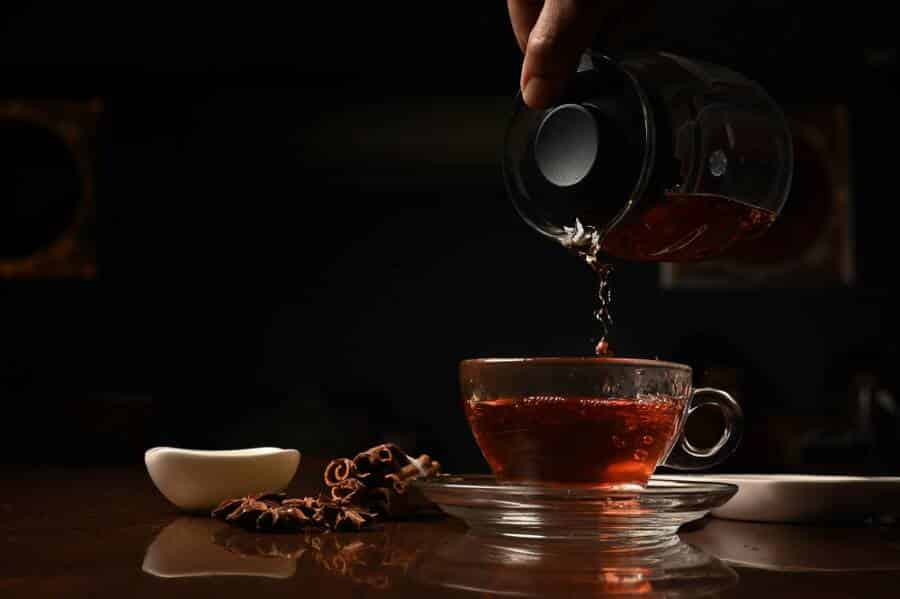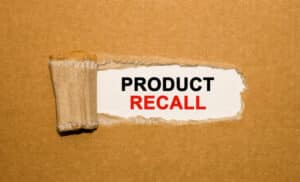One of the best ways to keep diseases at bay is to make sure your diet is abundant in antioxidants. Although our bodies produce antioxidants, it’s best to keep your supply at maximum levels, especially if you want to guard your cells against damage caused by free radicals.
Because when free radicals build up, it can easily lead to oxidative stress, the main culprit behind various health conditions such as heart disease, cancer, and type 2 diabetes. In other words, the leading causes of death in our country
Luckily, following a diet with plenty of antioxidant sources can prevent many chronic diseases, including those we’ve mentioned earlier. Scientists even use certain tests to measure the antioxidant content found in foods; one is the FRAP test (the ferric-reducing ability of plasma). And that’s what we are going to highlight in this article.
1. Dark Chocolate
Calling all dark chocolate lovers out there: your favorite chocolate is super nutritious. When referring to the antioxidant content found in dark chocolate, it is the best choice you can make. In addition, dark chocolate scores well in the FRAP analysis, too. Around 100 grams of dark chocolate have 15 mmol of antioxidants.
Plus, numerous studies link dark chocolate consumption with countless health benefits, including decreased inflammation and reduced chances of developing heart disease and cancer. In a study, researchers looked closely at the link between blood pressure and cocoa intake, and it seems that the participants with high blood pressure saw a reduction in systolic numbers.
Another study pointed out that cocoa intake could increase good cholesterol levels while decreasing bad ones.
2. Pecans
If you want to benefit from minerals, healthy fats, and antioxidants as well, pecans are the answer. After a FRAP analysis, scientists discovered that approximately 100 grams of pecans contain up to 10.6 mmol of antioxidants. Pecans are a great snack, too.
However, that’s not all. In one study, researchers found that individuals who consumed at least 20 percent of their daily calories from this type of nut experienced increased antioxidant levels in the blood. Another study found that people could decrease their bad cholesterol levels by as much as 33 percent when consuming pecans regularly.
Bear in mind that pecans are also a source of fat, and even if they are a healthy type of fat, it’s best to eat them in moderation.

3. Blueberries
Super-low in calories and abundant in antioxidants and nutrients… What more could you possibly want from these tiny fruits? Ahh, I know… taste. Well, who doesn’t love berries? I mean, I would rather choose a bowl full of berries than eat a bowl of popcorn.
Blueberries are, in fact, one of the best sources of antioxidants, containing up to 9.2 mmol of antioxidants in only 100 grams. Studies also back that up, saying that blueberries have the highest amount of antioxidants of pretty much all commonly consumed fruits and veggies.
Studies also point out that blueberry consumption could delay brain function decline. So, seniors should definitely eat blueberries more often.
4. Artichokes
I couldn’t say that artichokes are among my favorite veggies, but they actually have a long history of treating certain illnesses, including some liver conditions like jaundice. Apart from being abundant in antioxidants, artichokes are also great sources of minerals and dietary fiber.
In fact, based on a FRAP analysis, 100 grams of artichokes have up to 4.7 mmol of antioxidants. The main antioxidants found in artichokes are called chlorogenic acids, and studies point out that they may be able to minimize the risk of developing some types of cancer.
The same type of antioxidant is also known to decrease the risk of developing heart disease. The best part? Artichokes are pretty versatile, so no matter how you choose to consume them, please add them more often to your diet.
5. Goji Berries
There’s no surprise that goji berries have been used for thousands of years in Chinese medicine, but maybe new medical discoveries will surprise you. For instance, did you know they are a rich source of antioxidants? According to a FRAP analysis, 100 grams of goji berries have 4.3 mmol of antioxidants.
Plus, they are also rich in minerals and vitamins. But their main feature is probably Lycium barbarum polysaccharides, a unique antioxidant found in goji berries. This type of antioxidant is often associated with a reduced risk of developing certain cancers and heart disease. They are good for your skin, too.
It’s a good idea to eat a handful of goji berries now and then, but they tend to get pretty expensive.
6. Raspberries
Another berry that is super healthy and tastes heavenly is the raspberry. And although they are often used in desserts, you can enjoy them as an evening snack, too. Raspberries are an excellent source of antioxidants, vitamin C, fiber, and manganese, all of which are crucial for keeping chronic diseases at bay.
However, when it comes to antioxidant content, 100 grams of raspberries have 4 mmol of antioxidants, based on a FRAP analysis. Apart from that, studies show that raspberry consumption can lower the risk of developing cancer and heart disease.
They act as frontline troops in the battle against breast, stomach, and colon cancer. Moreover, raspberries’ main antioxidants, anthocyanins, are responsible for reducing oxidative stress and inflammation in the body.
7. Kale
Although it doesn’t really look like a cruciferous veggie, kale is also a member of this family group. And since it’s the cousin of broccoli, the number of benefits it has comes as no surprise. Kale is actually one of the best sources of vitamins K, C, and A.
Additionally, it is quite abundant in antioxidants too. Based on a FRAP analysis, 100 grams of kale contain 2.7 mmol of antioxidants. The same analysis discovered that red varieties of kale are even richer in antioxidants.
Those who deal with bone-related conditions should also include more kale in their diets, as kale is an incredible plant-based source of calcium.
8. Red Cabbage
Who would have thought that something so humble as red cabbage is so powerful? Red cabbage is rich in minerals and vitamins, including vitamins A, K, and C. Besides, it’s an excellent source of antioxidants, too. A FRAP analysis discovered that approximately 100 grams of red cabbage have 2.2 mmol of antioxidants.
Ahh, and red cabbage contains the same type of antioxidants as raspberries and strawberries, namely anthocyanins. The difference between them is the fact that by stir-frying or boiling red cabbage, you can boost its antioxidant content.
On the contrary, steaming could reduce its antioxidant profile by as much as 35 percent, and you don’t want that.

9. Beans
If you want to enjoy a tasty and inexpensive source of many health benefits, beans are your safest bet. First of all, beans are super high in fiber, meaning that your bowel movements will become more regular. Secondly, beans are rich in antioxidants, and we have a FRAP analysis that backs that up.
Researchers found that around 100 grams of green broad beans provide 2 mmol of antioxidants. Some types of beans contain even greater amounts of antioxidants. Pinto beans, in particular, pack a unique type of antioxidant called kaempferol.
Kaempferol has been linked to numerous health benefits, including minimizing the risk of certain chronic diseases such as cancer (lung, bladder, breast, and kidneys) and inflammation.
10. Beets
Even if they aren’t as tasty as blueberries, let’s say that doesn’t mean they aren’t healthy. As a matter of fact, beets are an outstanding source of potassium, folate, fiber, iron, and, of course, antioxidants. A FRAP analysis shows that 100 grams of beets contain 1.7 mmol of antioxidants.
They have a unique antioxidant, too, called betalains. This type of antioxidant is actually responsible for beets’ reddish color. It would be best for your overall health to include more beets in your diet, as studies suggest that beets can lower the risk of colon cancer.
Another study points out that beet consumption can lower inflammation in the body, making it a great addition for osteoarthritis sufferers.
11. Spinach
Of course, Popeye’s favorite snack simply couldn’t miss this list. Spinach is indeed one of the most nutritious vegetables on earth. It’s loaded with many vitamins, minerals, and antioxidants. The best part for those who are trying to lose weight? Spinach is super low in calories (and it’s versatile, too).
Eating spinach regularly will give you two powerful antioxidants: lutein and zeaxanthin. Both of them have been linked to improved eyesight. And it’s not just that; the antioxidants found in spinach can also lower the chances of developing certain types of cancer as well as inflammation.
So Popeye was a wise man, at least when it came to his dietary options.
If you want to learn about what foods are good to eat for certain chronic diseases, this book can help you.
You should also check out: 12 Less-Known Signs Your Food Has Gone BAD













